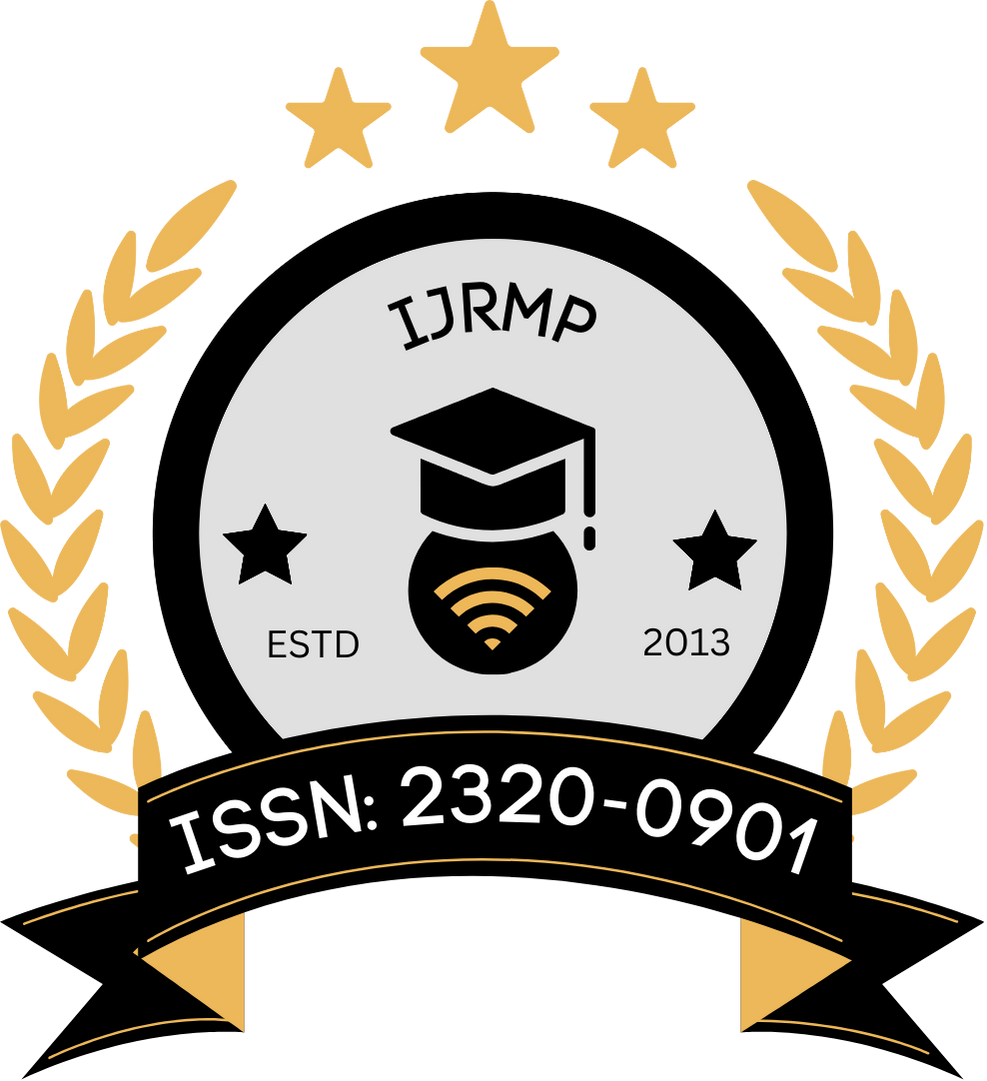![]()
Rohit Das
Independent Researcher
West Bengal, India
Abstract
Predicting vaccine efficacy has long posed challenges due to the complex interplay of host immunity, pathogen variability, and population-specific factors. This manuscript presents the foundations for developing Artificial Intelligence (AI)-based predictive models to estimate vaccine efficacy by integrating immunological, epidemiological, and demographic data. Early AI systems, such as neural networks and decision trees, offer robust capabilities to analyze multidimensional datasets, identify latent patterns, and model non-linear relationships. This paper outlines the conceptual architecture of such predictive systems, examines prior immunoinformatics studies, and proposes a methodological pipeline grounded in data preprocessing, feature selection, model training, and validation. Emphasis is placed on balancing accuracy and interpretability using hybrid approaches like rule-based classifiers augmented with statistical learning. Preliminary evidence from published studies suggests that early-stage machine learning tools can significantly improve predictive insight into vaccine response heterogeneity across age, genetic markers, and comorbidities. The work highlights the need for interdisciplinary collaboration and high-quality longitudinal data to refine these models and ensure their translational utility in public health planning and personalized immunization strategies.
Keywords
Vaccine efficacy, predictive models, artificial intelligence, machine learning, immunoinformatics, public health
References
- Bui, H.-H., Sidney, J., Dinh, K., Southwood, S., Newman, M. J., & Sette, A. (2006). Predicting population coverage of T-cell epitope-based diagnostics and vaccines. BMC Bioinformatics, 7, 153. https://doi.org/10.1186/1471-2105-7-153 biomedcentral.com
- Saha, S., & Raghava, G. P. S. (2006). Prediction of continuous B-cell epitopes in an antigen using recurrent neural networks. Proteins: Structure, Function, and Bioinformatics, 65(1), 40–48. https://doi.org/10.1002/prot.21078
- Poland, G. A., Ovsyannikova, I. G., & Jacobson, R. M. (2007). Personalized vaccines: The emerging field of vaccinomics. Expert Opinion on Biological Therapy, 7(5), 589–595. https://doi.org/10.1517/14712598.7.5.589
- Doytchinova, I. A., & Flower, D. R. (2007). Identifying candidate subunit vaccines using an alignment-independent method based on principal amino-acid properties. Vaccine, 25(5), 856–866. https://doi.org/10.1016/j.vaccine.2006.09.002
- Querec, T. D., Akondy, R. S., Lee, E. K., Cao, W., Nakaya, H. I., Teuwen, D., et al. (2009). Systems biology approach predicts immunogenicity of the yellow fever vaccine in humans. Nature Immunology, 10(1), 116–125. https://doi.org/10.1038/ni.1688 com
- Cai, Z., Zhang, T., & Wan, X.-F. (2010). A computational framework for influenza antigenic cartography. PLoS Computational Biology, 6(10), e1000949. https://doi.org/10.1371/journal.pcbi.1000949 plos.org
- Tsang, J. S., Schwartzberg, P. L., Kotliarov, Y., Biancotto, A., Xie, Z., Germain, R. N., & Subramaniam, S. (2014). Global analyses of human immune variation reveal baseline predictors of post-vaccination responses. Cell, 157(2), 499–513. https://doi.org/10.1016/j.cell.2014.03.031 com
- Li, S., Rouphael, N., Duraisingham, S., Romero-Steiner, S., Presnell, S., Davis, C., et al. (2014). Molecular signatures of antibody responses derived from a systems biology study of five human vaccines. Nature Immunology, 15(2), 195–204. https://doi.org/10.1038/ni.2789 com
- Skowronski, D. M., Janjua, N. Z., De Serres, G., Sabaiduc, S., Eshaghi, A., Dickinson, J. A., et al. (2014). Low 2012–2013 influenza vaccine effectiveness associated with mutation in the egg-adapted H3N2 vaccine strain, not antigenic drift in circulating viruses. PLoS ONE, 9(3), e92153. https://doi.org/10.1371/journal.pone.0092153 plos.org
- Dérian, S., Huret, C., Kane, C., Rubio, E., Arthur, L., & Forestier, C. (2016). Early transcriptome signatures from immunized mouse dendritic cells predict late vaccine-induced T-cell responses. PLoS Computational Biology, 12(3), e1004801. https://doi.org/10.1371/journal.pcbi.1004801
